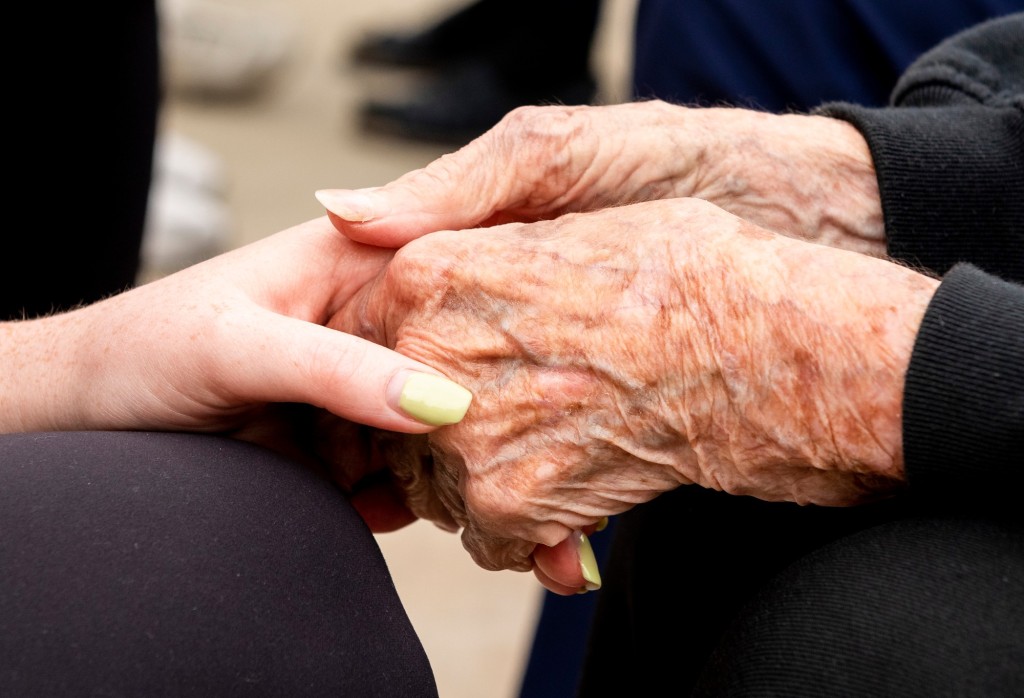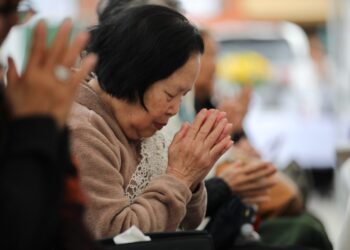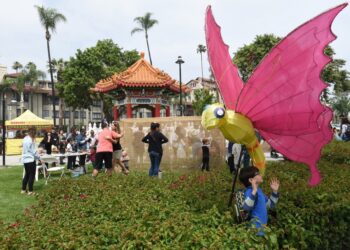By Dr. Nima Ramezan-Arab,
Contributing Writer
As you age, your chances of having a stroke increase, almost doubling every 10 years after age 55.
People older than 65 comprise about two-thirds of hospitalized stroke cases. For people who are at least 80 years old, atrial fibrillation, or AFib, can be the direct cause of a stroke. AFib, in fact, causes about one in seven strokes, according to the Centers for Disease Control and Prevention.
AFib can increase the chance of a blood clot forming in the heart; the clot can then travel to the brain, leading to either an ischemic stroke or a transient ischemic attack. Ischemic strokes account for about 85% of all strokes and are caused by narrow arteries that severely reduce the flow of blood to the brain. Transient ischemic attacks, better known as mini strokes, are triggered by clots or other debris breaking free before making it into the blood vessels of the brain.
Although AFib is one of the most-common factors of a stroke, there are many others that can play into people having a stroke. Some factors that can increase the risk of stroke include age, ethnicity, family history and medical history.
Many seniors report these signs and symptoms right before or during a stroke:
- Numbness in the face and limbs.
- Sudden vision problems in one or both eyes.
- Severe headaches.
- Difficulty with communication.
- Lack of coordination.
If you or a loved one experience any of these symptoms, call 911 immediately.
There’s a phrase to describe the emergent nature of strokes: “Time lost is brain lost. Every minute counts.” That essentially means the longer you wait to treat a stroke, the more damage is done. A stroke happens when blood flow to the brain is blocked by a clot in a brain artery or because a brain vessel has burst. As time progresses, so does the stroke — and irreversible brain damage can happen.
A great way to remember the signs of a stroke and acting quickly is the acronym “B.E. F.A.S.T.” Here’s…
Read the full article here







